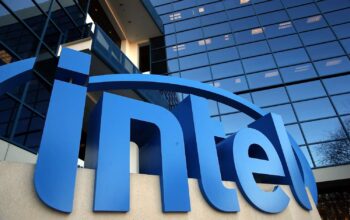When you place a trading order to buy or sell stocks, investors can choose between an All-or-None (AON) order and a Fill-or-Kill (FOK) order. Both types of orders have advantages and disadvantages. Which traders should consider before deciding on which type of order to place.
An AON order is an order that must be filled in its entirety or not at all. Which means that if there are not enough shares available to fill the entire order, the trade will not go through. For example, if an investor places an AON order to buy 100 shares of XYZ stock at £10 per share. And there are only 80 shares available for sale at that price. The broker will cancel the entire order.
How are AON and FOK orders used?
AON orders are often used by investors who are very particular about the price they are willing to pay for a stock or when buying many shares. The disadvantage of an AON order is that it may take longer to fill. As the broker will not fill the order until all of the shares are available at the specified price.
FOK orders are different from AON orders. The broker must fill them out immediately or cancel the order. Which means that if there are not enough shares available to fill the order immediately, the trade will not go through. For example, if an investor places a FOK order to buy 100 shares of XYZ stock at £10 per share. And there are only 80 shares available for sale at that price, the broker will cancel the order.
The advantage of a FOK order is that it ensures that the trade will be filled immediately. Which can be important when the timing is crucial. The disadvantage is that if the stock price moves quickly, it may be challenging to find enough shares. The shares to fill the order immediately, which the broker may cancel.
When should you use an AON order?
If you are very particular about the price you are willing to pay for a stock, or if you are buying a large number of shares, an AON order may be the best choice.
When should you use a FOK order?
A FOK order may be the best choice if you need to ensure that your trade is filled immediately. However, if the stock price moves quickly, there may not be enough shares to fill the order, which the broker may cancel.
What are the risks associated with FOK and AON orders?
An AON order risks that the broker may not fill the order. As the broker will not fill the order until all of the shares are available at the specified price. A FOK order carries the risk that the broker may not fill the order. As the order will be canceled if there are not enough shares available to fill it immediately.
How do traders use FOK and AON orders in the UK?
In the UK, FOK and AON orders are often used by day traders and high-frequency traders. Day traders use FOK orders to ensure that their trades are filled immediately, while high-frequency traders use AON orders to avoid paying the market price for a stock.
Some brokers in the UK offer a hybrid of an AON and FOK order, which is called an IOC (immediate or cancel) order. This type of order allows the trader to specify a time limit for the order. After which it will be canceled if it has not been filled.
An IOC order can be helpful for day traders who want to ensure that their trades are filled immediately but do not want to pay the market price for a stock.
Conclusion
AON and FOK orders are two types of orders used when trading stocks. AON orders must be filled in their entirety, or not at all. While brokers must fill FOK orders immediately or cancel the order. Novice traders are advised to use a reputable and experienced online broker such as Saxo Bank before attempting their hand at stocks trading. The Saxo Bank portfolio also includes forex, commodities, and ETFs.



